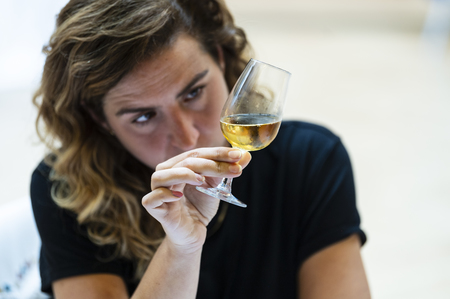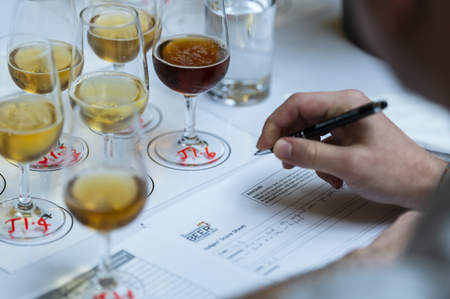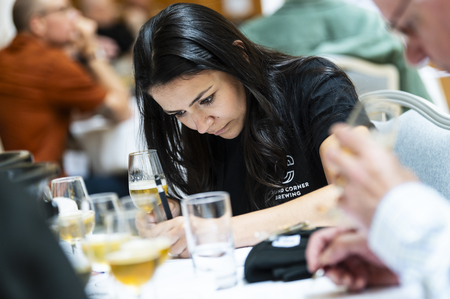Welcome!
The IBC aims to reward and promote excellent beers from around the globe, providing the perfect platform for brewers to express their beers to both trade and consumers. With ever-growing interest in the beer sector, we’ve set out over 80 different categories to reflect the diversity in brewing today, as well as offering more traditional beer categories. Over the years we have seen more and more brewers enter their bottled, canned, or mini kegs from around the world, and today we receive a variety of beers from no fewer than 40 countries.
Being a part of the IBC carries with it numerous significant benefits. Not only do we acknowledge the skill of the brewer, but the IBC medal is an internationally recognised symbol of quality, frequently displayed on beer labels. Retailers, restaurateurs, bar owners and wholesalers are justifiably proud of the range of award-winning beers they carry. Drinks lists promote IBC award-winners directly to the consumer, influencing buying decisions, and increasing a brands' profile, prestige, and sales.





